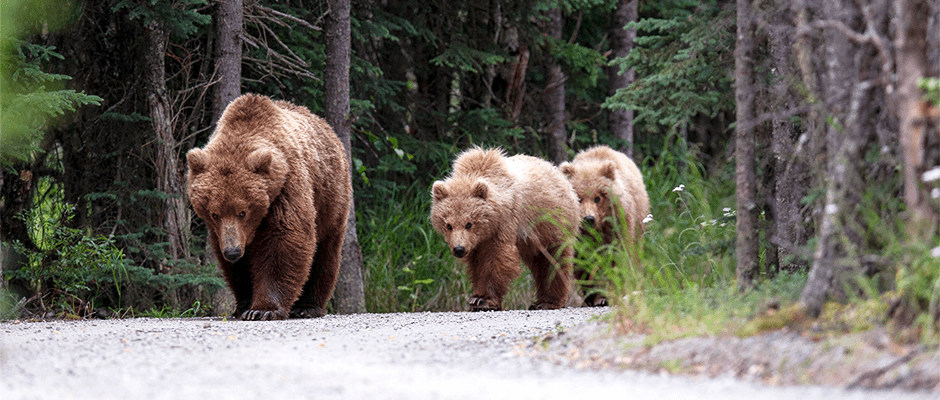Share this article
Mammals move less in human-changed landscape
Mammals tend to move less in human-modified landscapes than in more natural areas, according to new research.
Many studies have looked at how single species respond to human presence, but Marlee Tucker, a postdoctoral research fellow, and Thomas Mueller, a professor of movement ecology and biodiversity conservation at Germany’s Goethe University Frankfurt, wanted to look more broadly and compare mammals globally.
They sent out emails to colleagues throughout the world who used a data portal called Movebank, which archives movement data on individual animal species. In the end, with the help of 114 co-authors who contributed data, the team looked at 803 animals across 57 mammal species — from wild boars (Sus scrofa) to elephants (Loxodonta)— across the globe.
“This was the first time we could show humans have an impact on the global scale for mammal movement,” said Tucker, the lead author of the recent research published in Science.
Tucker and Mueller’s team took into account the natural movement of different animals, since some naturally move longer or shorter distances for different purposes. Animals in deserts might travel more to gather resources than those in wetlands, for example.
What they found was compelling. In human-modified landscapes, mammals moved only half to one-third of the distance than they do on average in wild, more natural areas.
Mueller said a few factors probably lead to these results. Anthropogenic factors such as roads or railroads can fragment forests, constricting movement. Some areas with more human presence may also provide additional resources for wildlife, so they don’t have to travel as far.
This trend could have downsides for wildlife, Mueller said. Animals attracted to areas with humans may change their behavior, he said and in some cases, certain species will stop occurring on human-modified landscapes altogether. Further research is needed, he said, to better understand the impact of the human footprint on individual animals.
“This is important for ecosystem function, for disease transmission and seed dispersal,” Tucker said. “It all depends on moving animals. This study is a call to make sure that landscapes stay permeable for animal movement despite landscape modifications.”
Header Image: Brown bears (Ursus arctos) in Katmai National Park in Alaska walk along a road. Mammals such as these bears tend to move much less in areas modified by humans than in wilderness. ©Adam Wajrak








